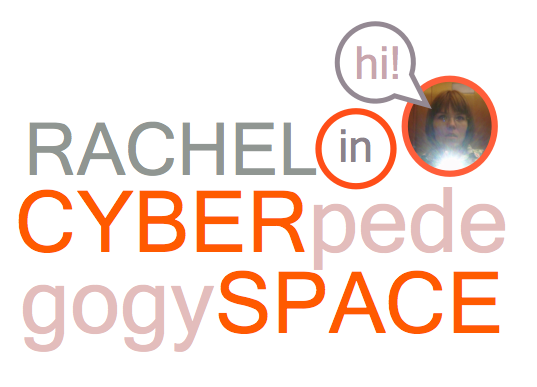
Right now I'm thinking about how to talk about my relationship with this topic. I'm thinking about how I could write a book about what I'd like to see done technologically at the museum.
Chapter 1: Accessibility (why, in a public building with hundreds of doors can only 7 be opened with a switch by those who need a switch?)
Chapter 2: Accessibility (if there are over 100 events every month at the museum, why is it virtually impossible to see any of them on the website, and if I find them, why can't I register online?)
Chapter 3: Accessibility...
But I can't really write that book here because I can't air everything I'm trying to do in my work. This has been an interesting recurring problem since I've begun graduate school at a school so closely tied to my workplace. How do I find a way to negotiate both roles simultaneously, to talk about my work in a way that is critical but doesn't undermine the larger work?
I think that art museums with missions to collect, preserve, and present (and that's it-- but that's a lot) have an obligation to use technology in an effort to promote accessibility to the museum, its collection, and its public programs and services. I think major encyclopedic museums could also capitalize on technology, especially web 2.0, to hook more audience, but what sort of demographic does that target? Technology must feel natural, not novel, in a museum like AIC, even when it is new, because it has to function in a supportive role to the objects and the people who visit them.
What does this mean in a tangible sense?
I think special exhibitions are the perfect place to utilize technology. There should be interactive kiosks, there should be wi-fi audio guides or audio a visitor can access from a phone, there should be ways for the visitor to meaningfully interact with the exhibition like adding comments-- video comments would be especially nice.
I'd like to see video commentary in the education space.
The interpretive exhibition (BIGsmall, for kids) downstairs in Gallery 10 could make use of technology in many of the same ways CCM does. CCM has beautiful, elegant, user-friendly, state-of-the-art interactives that should serve as a model for educational installations in museums. Imagine seeing a Jackson Pollack and next to it a screen with a glove where you could throw "paint" onto the screen virtually to create your own version.
All that said, I think AIC has a great resource in the new "pathfinder" although it can't be everything to everyone and I look forward to seeing what they do to improve it.
I love the Curious Corner interactive for its playfulness and connectedness to the collection-- it's not just a computer game.
With the audio guide, I think it's especially nice for families in that while looking at the same piece, adults can hear grown-up content and kids can listen to a kid-friendly version. The kids version, though, could use a little revision, I think. It's easy for kid-directed language to sound cheesy after a few years.




2 comments:
Thank you for the tour!
second the thanks for the tour, rachel. it was very informative, and really helpful to talk with someone who is existing in the dual role you find yourself.
i find it interesting that your most pressing issue (at least according to your chapter headings) is accessibility. that's really what it often boils down to, doesn't it?
lots of great suggestions here. i absolutely agree that technology has to feel natural. it needs to work within the space and the institution. that being said, too often institutions are 'afraid' to venture into the technology realm. they do the safe bit. the pathfinder is nice, but how about really rethinking how it's used by the museum going audience. what if we all but eliminated the actual person/info desk and forced users to utilize pathfinders throughout the museum? you'd get resistance, but eventually people would learn to adapt to this new technology.
i also agree that special exhibitions are a great opportunity for technology. they'd be an excellent way to try out tech innovations, and see what works.
Post a Comment